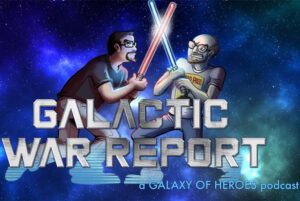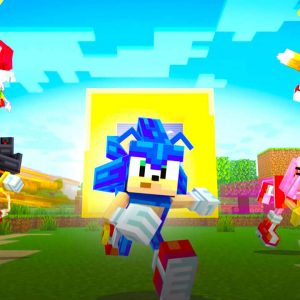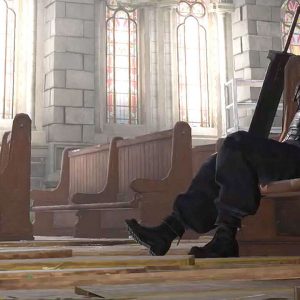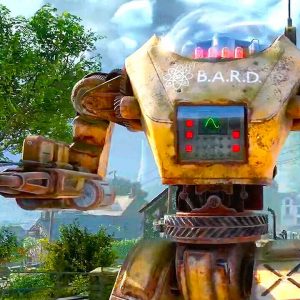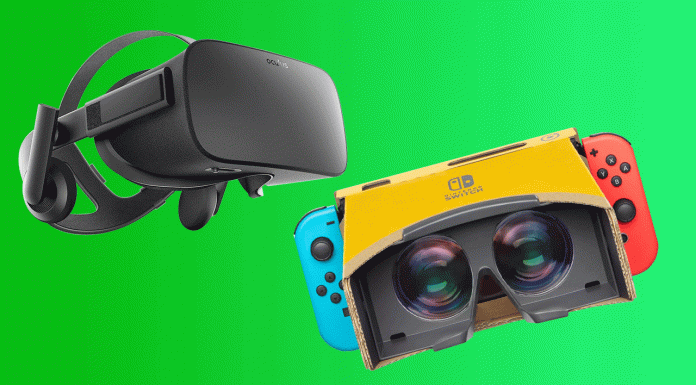Crackdown 3’s Wrecking Zone is a barebones and uninspired multiplayer mode that makes poor use of its impressive environmental destruction
Editor’s Note: Because Crackdown 3’s single and multiplayer modes are so different, and because the multiplayer was barely available ahead of time, we’ve reviewed them separately. This review covers my thoughts on the multiplayer Wrecking Zone PvP mode; you can find our Crackdown 3 Campaign review as well.
Crackdown 3’s Wrecking Zone competitive multiplayer mode delivers on the promise of wanton demolition, and that’s seemingly the whole reason it exists. Unlike the single-player, here you get to make entire buildings crumble thanks to Microsoft’s cloud-powered physics. And that is kinda cool. But with a scant two modes, no progression system, stone-aged party functionality, and woefully simplistic rules of engagement, even destruction can’t save it.
Breaking walls and floors to escape or get fresh lines of sight on an enemy is novel for a time. Like when I dove down on an enemy from above, peppering them to death with a minigun only to be immediately fired at by their teammates, I swapped to my rocketlauncher, pointed it at the floor, pulled the trigger and disappeared into the belly of a building. In those moments, you can see the potential in applying this level of destruction to competitive fights, but soon it becomes little more than the most interesting part of some very barebones and boring 5v5 team combat.
“
For as cool as it is to see building shrapnel rain down from the sky, it’s shoehorned into a multiplayer mode that does little to make use of it.
Destruction is the absolute high water mark in Wrecking Zone. And it is genuinely impressive to barrel a rocket toward the ankles of a massive granite statue and watch in the unfolding seconds as the weight and mass of the stone humanoid force it down, cracking the floor into chunks as it makes contact. With each breaking piece, there’s a crunchy shudder and boom, and it made me imagine how much more entertaining the single-player/co-op would be if I could bring down skyscrapers on that map. But the problem is that for as cool as it is to see building shrapnel rain down from the sky or a structure lumber toward the ground under its own weight, it’s shoehorned into a multiplayer mode that does little to make use of it. It’s so separate from everything going on that if you were to somehow time it perfectly so that the statue were to fall directly onto an enemy, they wouldn’t take any damage. Wrecking Zone is like a tech demo in this way, where you’re supposed to admire what’s going on behind the scenes and ignore the fact that it doesn’t really matter.
Of the two basic modes in Wrecking Zone, I preferred Agent Hunter. It’s essentially Kill Confirmed from Call of Duty, where standard Team Deathmatch rules apply with the added caveat that you have to collect your opponents’ token after killing them to bank the point. It’s a smart decision that makes you focus on one of Crackdown’s best qualities: its constant movement.
Territories, meanwhile, is essentially King of Hill with multiple points, where two neutral zones must be captured by standing in them for a few seconds without enemies around. Each zone only has so many points to give, and once one is exhausted another spawns for capture. But where Agent Hunter feels designed to make use of everybody bouncing around like ping-pong balls with guns, Territories is the opposite: babysitting a point waiting for the next wave of opponents to arrive can feel like a long, isolated pause in the rapid combat. It feels like a clash with Crackdown 3’s fundamental mechanics.
“
Wrecking Zone has an anemic pool of nine weapons, compared to the dozens in the campaign.
The bigger problem with both modes is that while there are subtleties to be learned with regard to weapon effectiveness at range – shotguns and machine pistols require close range, for example – most fights in Wrecking Zone boil down to guerilla tactics wherein whoever sees the other person and starts shooting first usually wins. As long as you delay a lock-on and pull the trigger the second you have an effective line of sight, it’s almost hard to lose a one-on-one gun fight.
Because the auto-lock gunplay is so incredibly simplistic and skill-free, just like in the campaign, the most important part of staying alive is positioning and fast movement. To promote this idea of climbing to an advantage position, everyone has two air jumps and two air dashes to use before needing to touch a solid surface again – and that’s not even counting the tons of man-cannons ready to fling you into the sky. Additionally, there’s a player-killing, building-breaking Flying Fist melee charge attack or a ground-pound slam that recharges a few seconds after use.
It demands a different kind of strategy than you’d expect: When you’re in the middle of a fight and the building starts breaking or someone locks on from off-screen it can be chaos, especially when you consider how tough it is to spot people when all three maps are so gaudily lit in neon and swinging the camera across so much color can be jarring. However, when I sat back, picked my target, and swooped in for the kill before retreating back up out of reach and repeated the process, dominating the field was a piece of cake.
“
Once you’ve played a couple of matches, you’ve seen it all.
Wrecking Zone has an anemic pool of nine weapons, compared to the dozens in the campaign, and you can carry one firearm and one explosive at a given time. Firearms are best for killing players but do limited structure damage, while explosive weapons excel at both but have a slower rate of fire and better range.
You also get access to one of two gadgets: a deployable launch pad or an overshield, to take with you into combat. However, as you’re already so mobile by default there’s no reason to ever choose something that enhances your movement, so you’d be crazy to pass on the Overshield. In my experience, the majority of tactics during a firefight – besides deciding when to start one – consist of waiting until you and an enemy are fully committed to killing each other and then popping your overshield a second before it’s over, ensuring a kill and escape. That and the slow-charging Overdrive buff, which enhances your firepower, are the only chance you have to turn the tables on someone who sees you before you see them.
Once you’ve played a couple of matches, you’ve seen it all. No matter which of the 21 agent skins you select, everyone’s movement and damage is effectively the same, and there’s no character progress of any kind, so that never changes. Every match plays the same every time, and Wrecking Zone’s combat just doesn’t have the depth or nuance to sustain itself for long without anything around it.
And when a match ends, you’re in for a rude awakening: there’s no party functionality (though it’s supposed to be coming in an update). So whether you win or lose, you’re kicked back out to the main Wrecking Zone menu and have to spend the next roughly 30 seconds matchmaking again, every time, like we’re back in the pre-Halo 2 days. That makes caring about Wrecking Zone tough, because there’s no personal progression and no chance to build relationships or play with friends. All it has are achievements, if you’re still looking to add to your Gamerscore by any means necessary.
The Verdict
While the environmental destruction of Crackdown 3: Wrecking Zone is impressive, it misses every opportunity to use it in interesting ways to enhance the otherwise barebones and uninteresting multiplayer combat, where aiming is all but completely automated. You can see everything Wrecking Zone has to offer in about 30 minutes, minus the time you’re going to spend matchmaking after every round. Unless a lot changes, Wrecking Zone just isn’t worth the time it takes.


